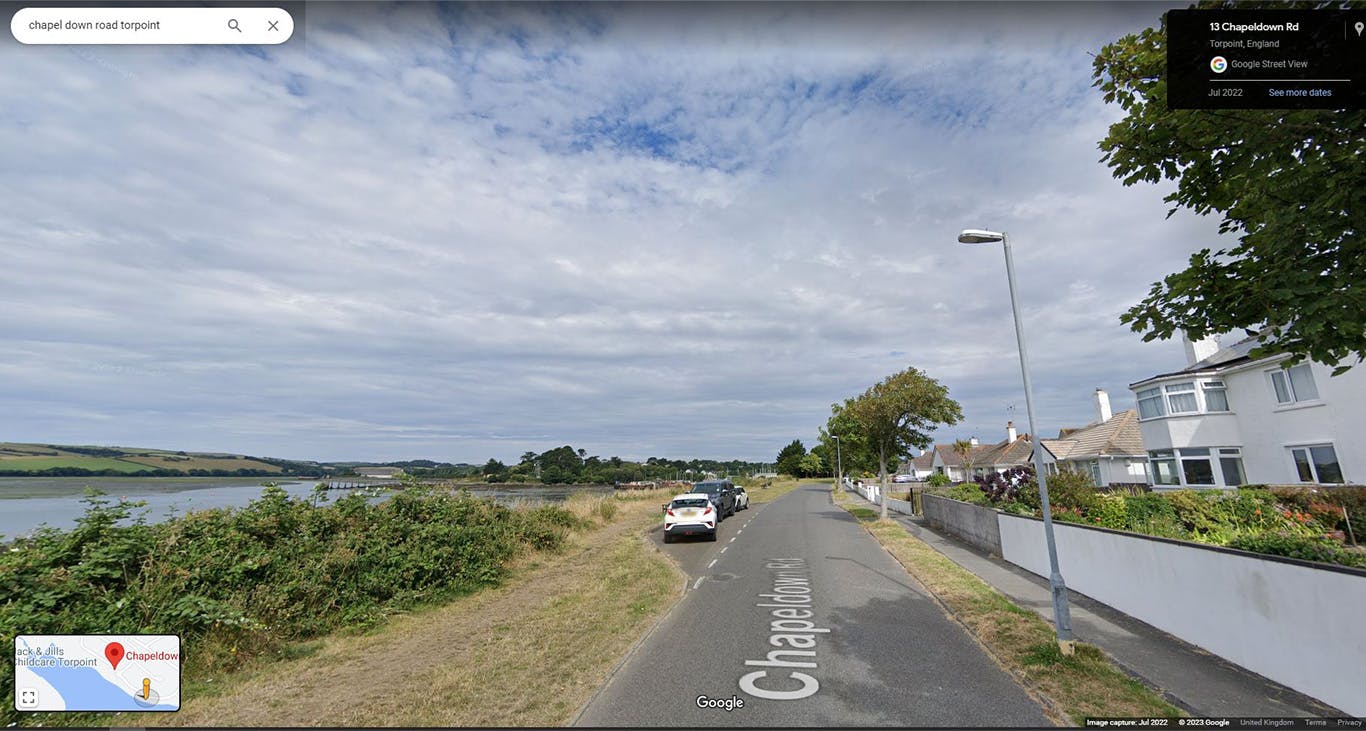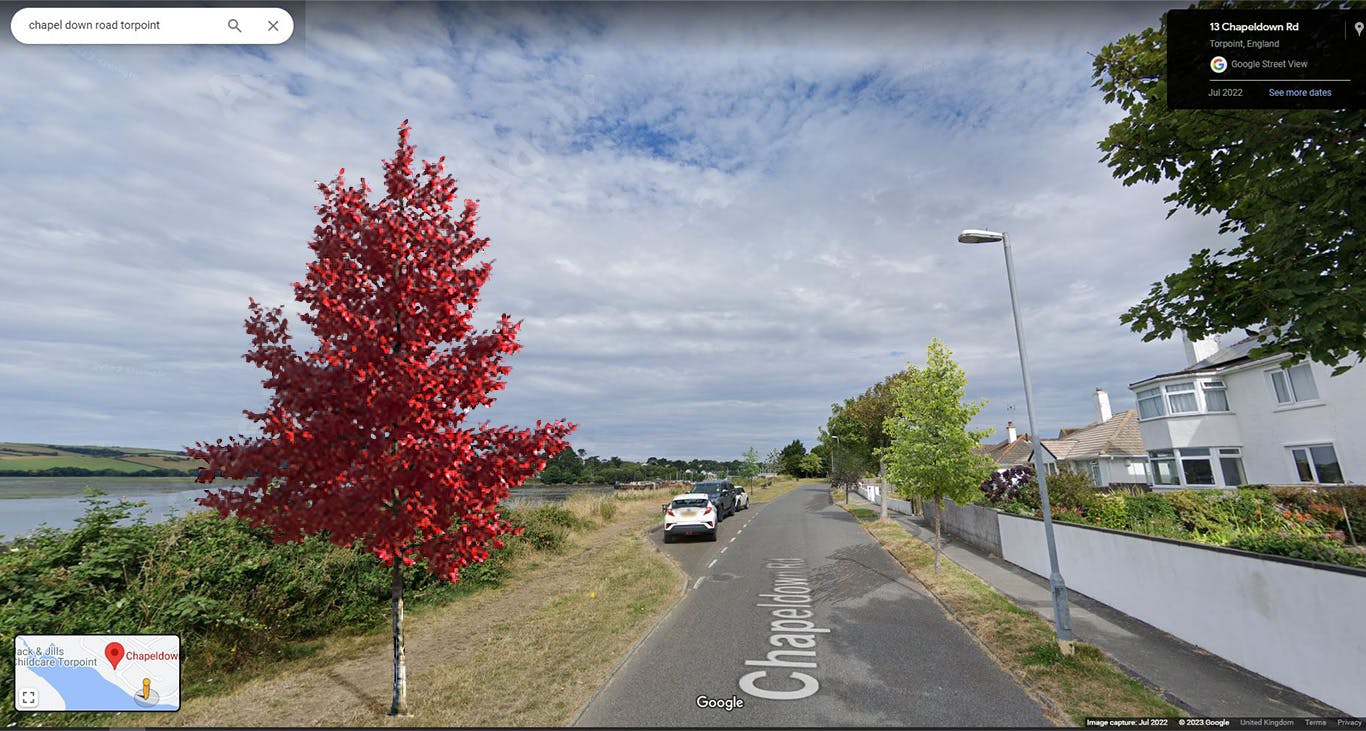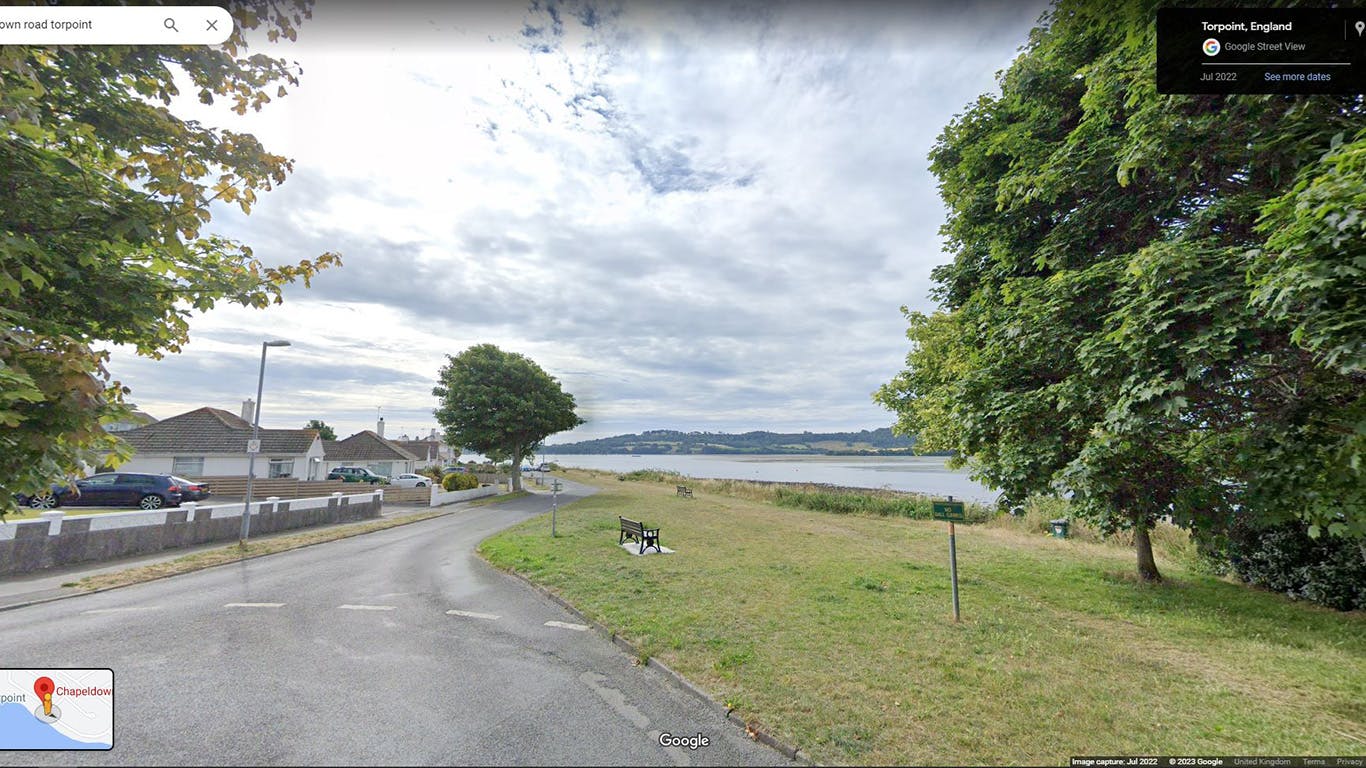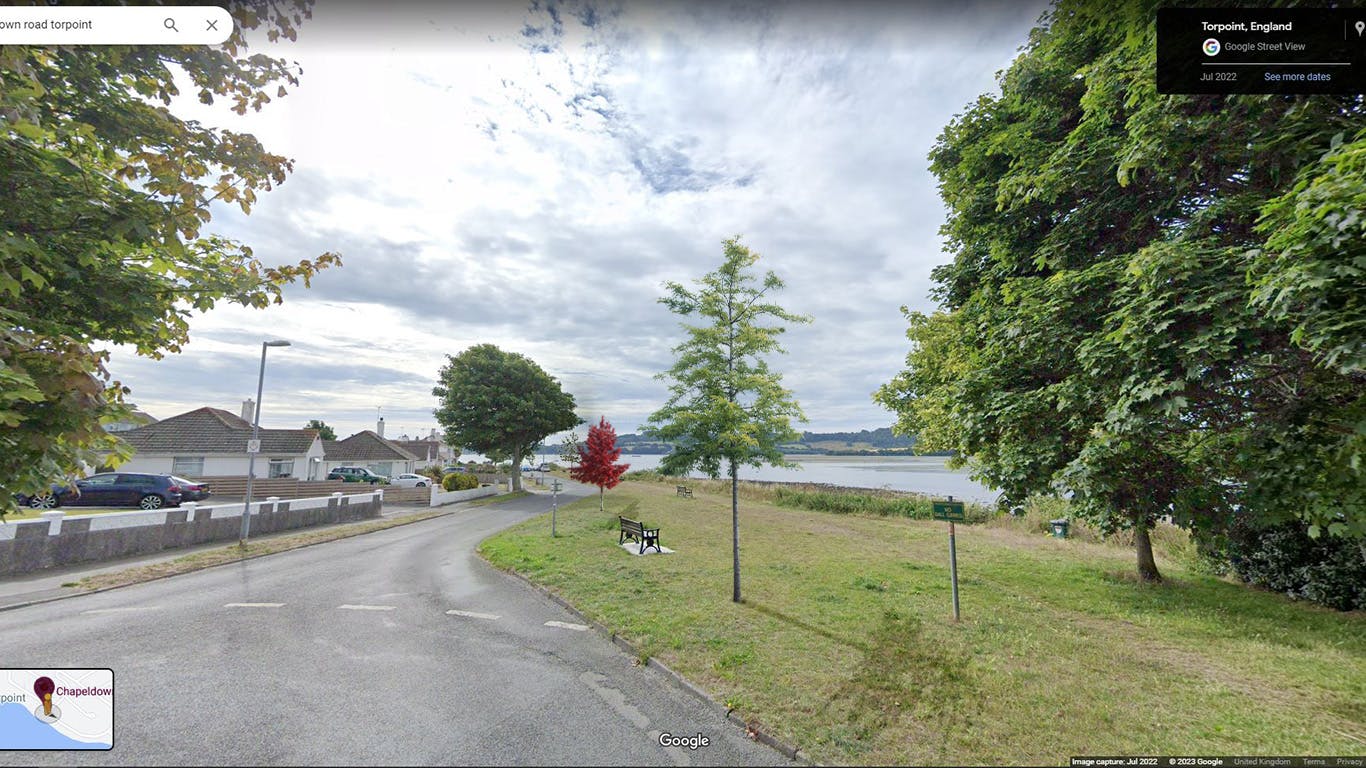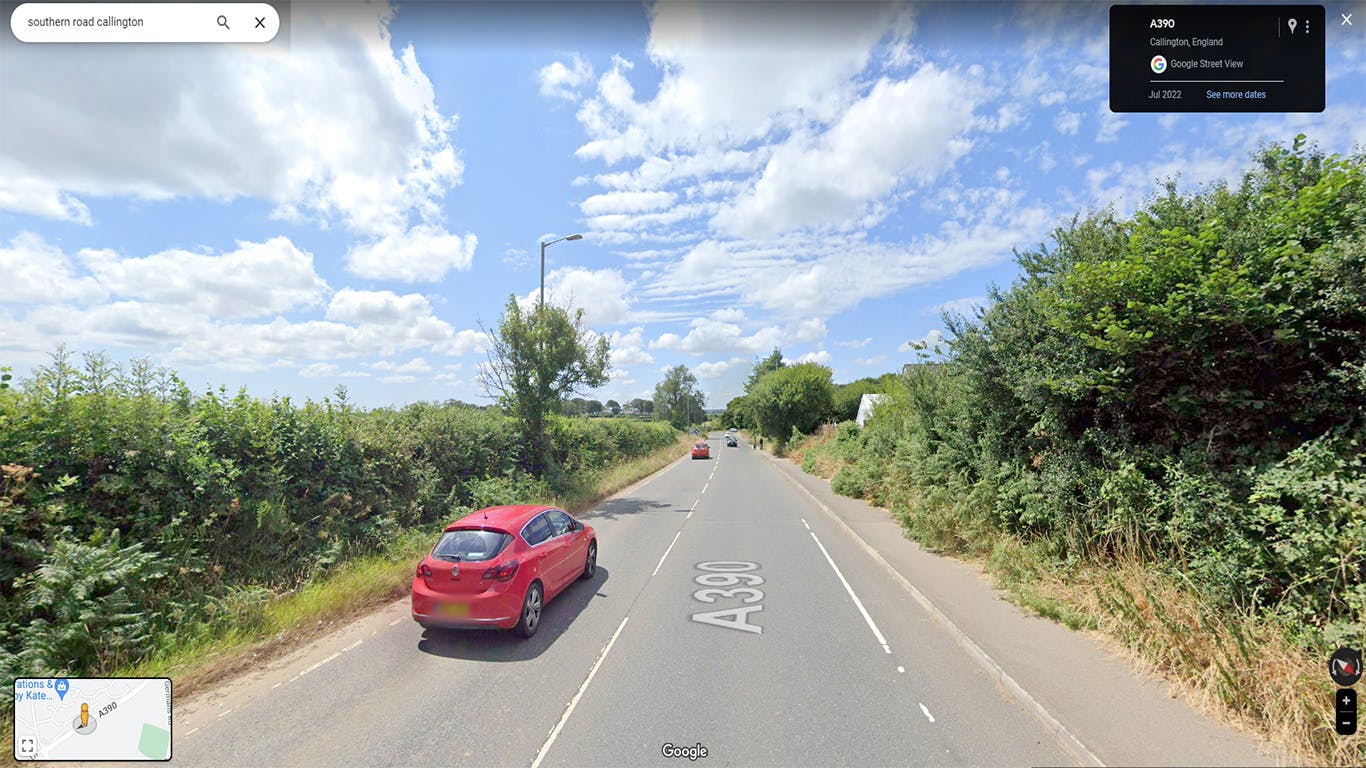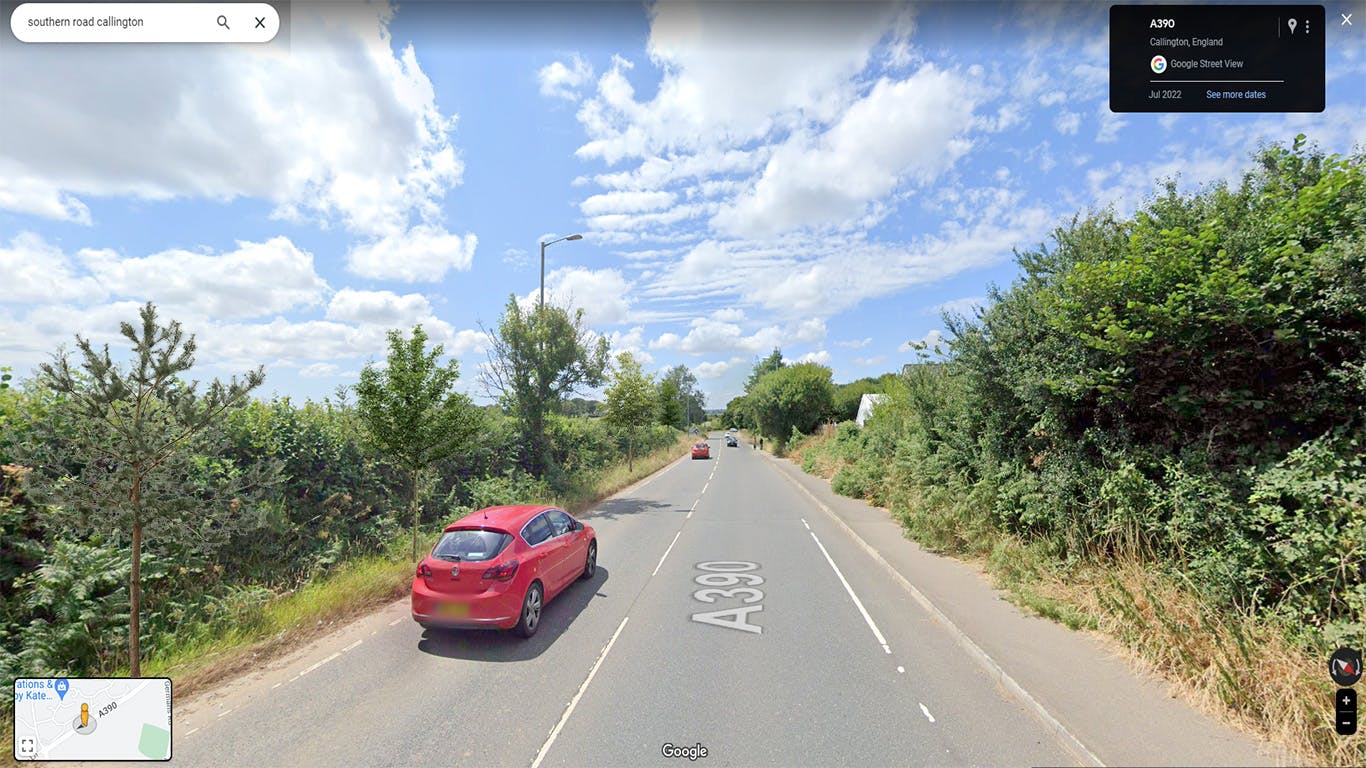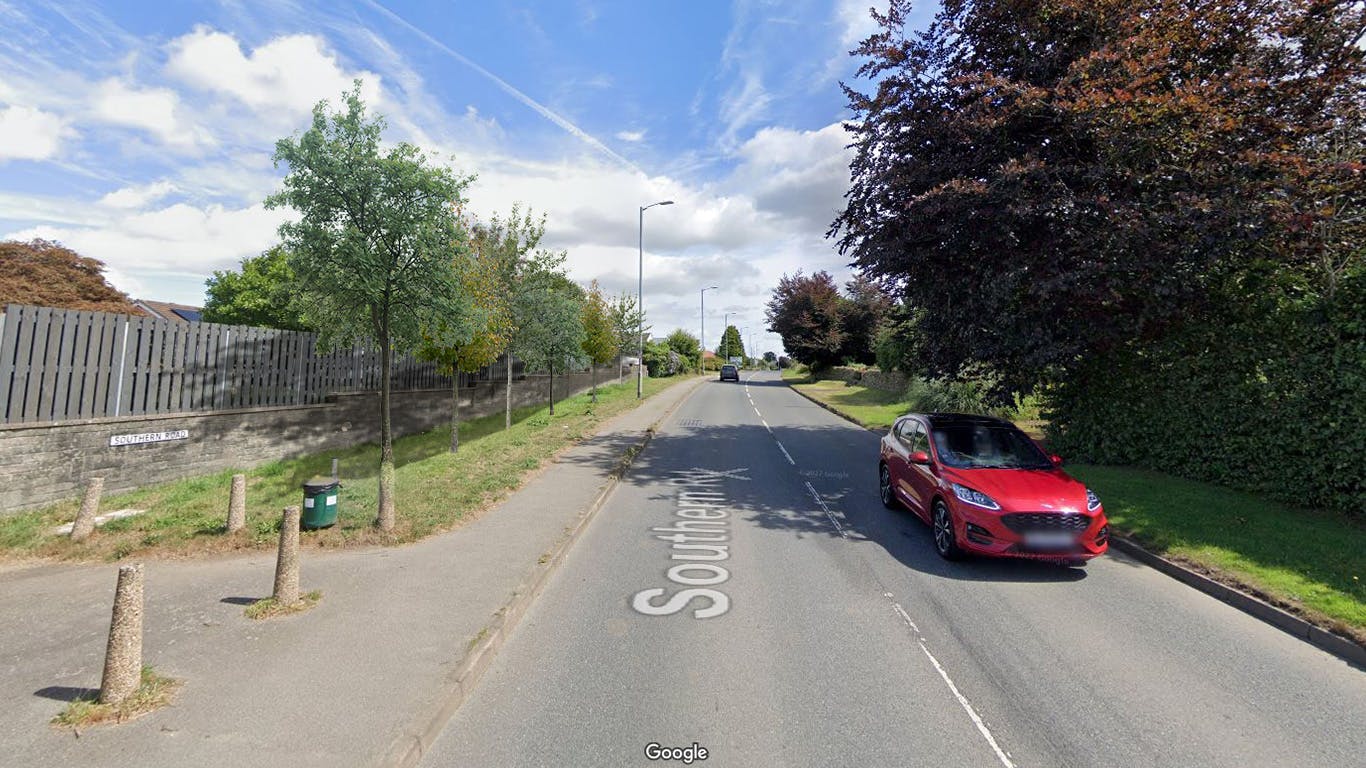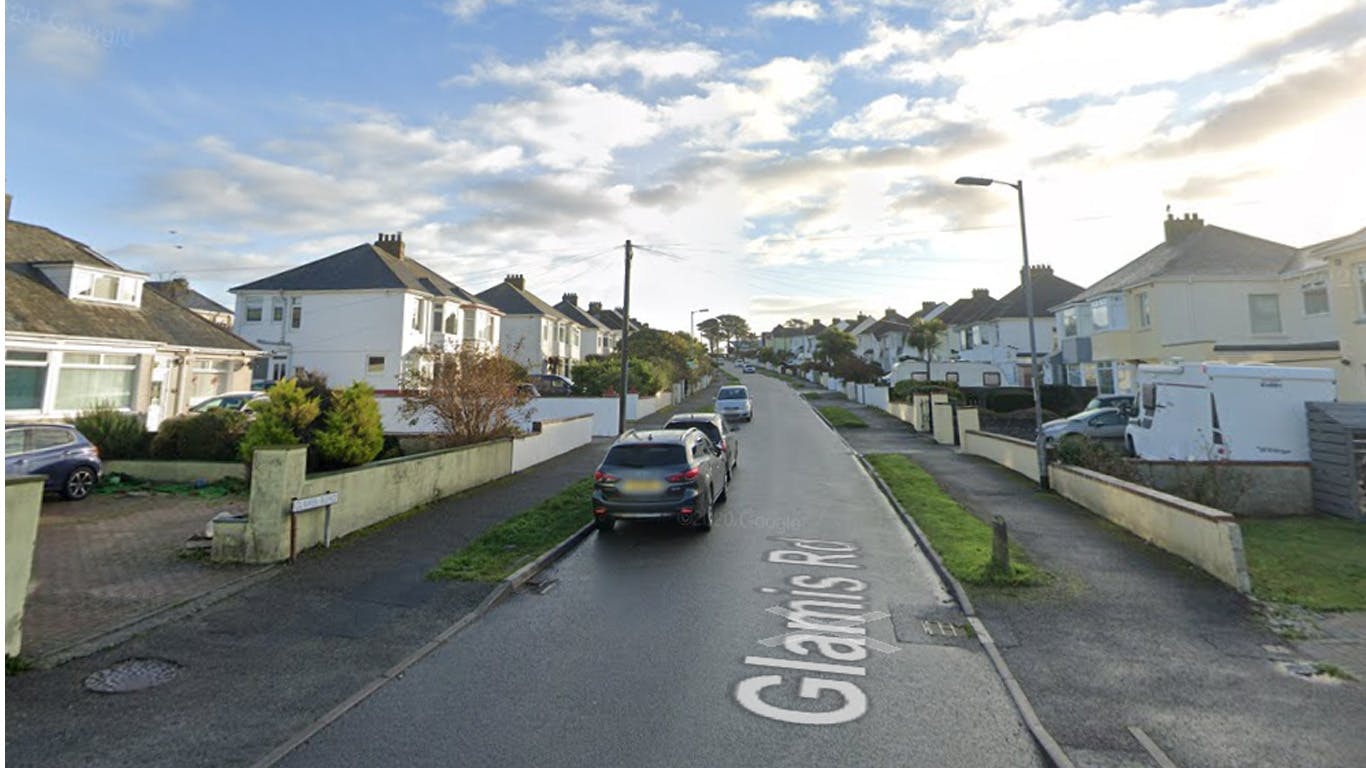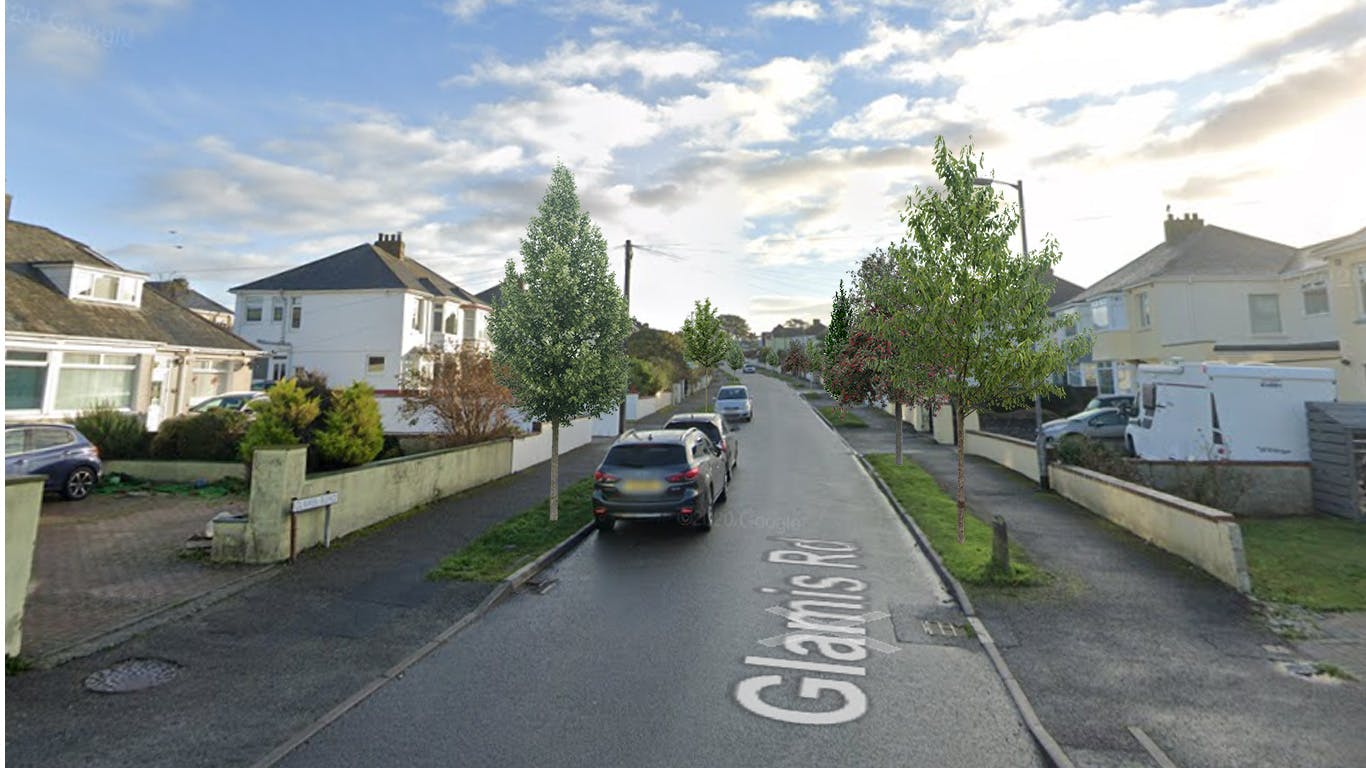Trees for Cornish Towns Consultation
The Forest for Cornwall aims to support and empower the people of Cornwall to tackle the climate and ecological emergencies. Across Cornwall over 600,000 trees have been planted so far - that's one for every resident! This includes everything from woodlands to trees in streets and gardens. The team are helping residents, landowners, businesses and communities plant their own trees, as well as planting on council land. We are also making sure that the right trees are being planted in the right place. Our aim is to tackle the impacts of climate change, absorb carbon emissions and provide habitats for wildlife to thrive.
Upcoming Tree Planting Projects
We have developed a planting scheme in five areas as part of the urban tree challenge fund. Planting plans for all the projects are on the tabs to the right. We have also produced before and after images for some locations to give an idea of how things would look when planted. You can ask a question on the tab below.
Consultation Results
We have carried out a public consultation on these sites and the results are as follows:
Overview
- Five out of six planting sites received over 90% support and will be planted during this coming season (November to March).
- We received a high number of objections for the proposal at Chapeldown Road, Torpoint, so this will not be planted.
We received a total of 333 responses; we received 208 supportive comments and 20 comments from people who partially support planting proposals. We received 38 comments from those objecting.
86.8% Strongly support or support* planting more urban trees across Cornwall to tackle the impacts of climate change *(77.8% Strongly support and 9% support, 7.8% partially support and 5.4% object).
82.3% of people support the planting projects overall
87.4% of people would welcome more urban trees planted in their area
Responses (of 333) by location and % support or partially support
- Saltmill Park, Saltash (88) - 95.5% and 3.4%
- Torpoint (77) - 41.6% and 14.3%
- Southern Road, Callington (40) - 92.5% and 5%
- Chester Road, Newquay (32) – 93.8 and 6.3%
- Glamis Road, Newquay (30) - 100%
- Hilgrove Road, Newquay (19) - 89.5%
- None of these are local to me (47) - 93.6 and 6.4%
Statement for Torpoint: Chapeldown Road
Consultation result: Support 41.6%. Partially support 14.3%, Object 44.2%
During the consultation period, we received a large number of concerns from residents living on Chapeldown Road and in response we carried out a door to door survey to give us a better understanding of the issues.
We received 63 comments overall and the common issues raised and confirmed during our door to door survey are as follows:
A loss of views from properties caused by tree canopies as they get larger.
Frequent access is needed to the sewerage pumping station by HGV’s following flooding. New trees in this location would be damaged and potentially cause issues for HGV’s accessing this area causing obstructions in the road.
Windsurfers regularly park on the grass area next to the pumping station, so tree planting would mean they have to park along the road which is will cause issues with local traffic and parking.
Considering the above concerns and lack of local support from residents living on Chapeldown Road, our decision is not to proceed with the proposed planting.
The main aim of the Forest for Cornwall is to plant more trees to tackle the climate and ecological emergencies. For some urban areas like streets, to be successful, we know it is important to have a higher level of local support than we currently have.
Why plant trees in this area?
The current recommended minimum average urban canopy cover in towns and cities in the UK is 20%, and in coastal locations it’s 15%. Many areas in Cornwall fall well below these recommendations, so we need more trees, but finding suitable places to plant can be challenging especially in streets and built-up areas with hard surfaces everywhere. Grass verges and other grassed areas can provide a better planting environment.
Trees absorb carbon dioxide and help us adapt to climate change, but trees provide much more. Being close to trees improves our mental health and this was especially evident during COVID 19 when people flocked to visit places with trees and greenery. Trees also improve air quality, reduce surface water flooding, provide wildlife habitat and support biodiversity. Trees enhance our towns and streets and our sense of place.
Can I get involved in planting and aftercare?
Yes, we would love you too! We are always keen for people to get involved with planting and aftercare which is essential for the trees to establish, and you could also earn some Time Credits! If you would like to find out more, and ask about join our Tree Guardians, please let us know on our Contact Us form or emailing forestforcornwall@cornwall.gov.uk

When will the trees be planted?
There are 5 different sites being planted across Cornwall this planting season 2023/2024. It is best to plant trees when they are dormant which is around November to March, so the aim is to complete all planting during this period. Specific details about timings for each site will be available nearer the planting season and dates may change if weather conditions become unsuitable for planting.
How have these trees been selected?
A mix of species will be planted across various locations in Cornwall to strengthen structural and functional diversity in urban trees, as well as build resilience to pests and disease. Trees have been carefully selected using our arboricultural expertise, based on the Right Tree Right Place principle, and the following are key considerations for tree selection:
Planting environment
Even though we see healthy mature trees in towns and cities, establishing them in urban area is very challenging. There is often compacted soil, underground pipes and cables to avoid, and a lot of hard surfaces making it hard for roots to get the air, water and nutrients they need. The local climate, exposure to wind and salt in the air also have an impact on how trees will establish and thrive.
Shape, form and attractiveness
In many areas like streets, we have selected cultivated varieties suited to urban environments and have only selected small or medium size canopy trees with narrow canopy shapes to reduce overhanging branches, shading and obstruction of views. Leaf shape/attractiveness and size, fruit, flowering / colours and potential for future root disturbance of footways have all been considered.
 Prunus amanogowa has a narrow upright shape with stunning white flowers |  Acers have striking autumn colours |  Vibrant 'Paul's scarlet' hawthorn flowers attract pollinators Vibrant 'Paul's scarlet' hawthorn flowers attract pollinators |
In parks or wider open spaces, we have selected trees with the potential to grow large canopies because they will deliver the biggest long-term benefits to people and wildlife.
Biodiversity and long-term resilience
Devastation caused by Ash dieback disease and Dutch elm disease have taught us that it is important to create long term resistance against pests and diseases. This means planting a broad selection of tree species (biodiversity) and avoiding planting a small selection of the same trees everywhere which makes the wider tree population more vulnerable to pest and disease attack.

Please note that Urban tree planting is challenging and there are some things that may change the position or number of trees that can be planted, this is mainly the location of underground services which are not always clear until a hole has been excavated.



